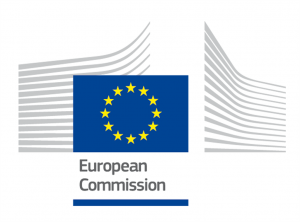About
Artemisinins, combined with another antimalarial, are the core component of Artemisinin-based Combination Therapies (ACTs): the front-line antimalarial drugs. Today the fight against malaria faces to the emergence of resistance of the parasite Plasmodium falciparum to artemisinins and to its rapid and massive spread in Asia. Artemisinin resistance promotes the selection of parasites also resistant to partner drugs in ACTs, leading to a therapeutic dead end. In 2020, artemisinin-resistant parasites are now also reported in South-America, and in Africa where 90% of malaria cases and deaths occur. To date, artemisinin resistance is only tracking once emerged, thanks to surveillance of delayed parasite clearance half-life5 in patients associated to the search of the parasite k13 gene mutations6. This resistance is unique in Plasmodium since based on ability of a sub-population of these mutated parasites to enter in a quiescent state during drug exposure and thus escape it. Also, some parasites could have an increase survival rate without any pfk13 mutations. Our project aims to explore the biology of parasites under artemisinins pressure in order to identify predictive markers of the acquisition of artemisinin resistance in the parasite Plasmodium. Such tools could be used for field mapping to implement a predictive approach to the evolution of malaria and so adapt therapeutic strategies. Strains from different continent will be exposed to a constant pharmacological dose of 700 nM of dihydro-artemisinin. Each five rounds of pressure, isolates will be phenotyped and their whole genome characterized in order to evaluate the region of the genome under selection depending of the genetic background of the parasites.









